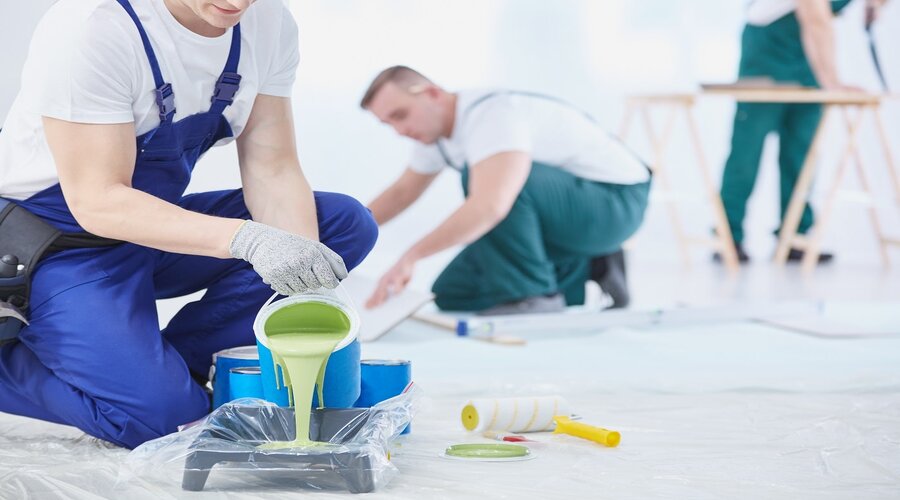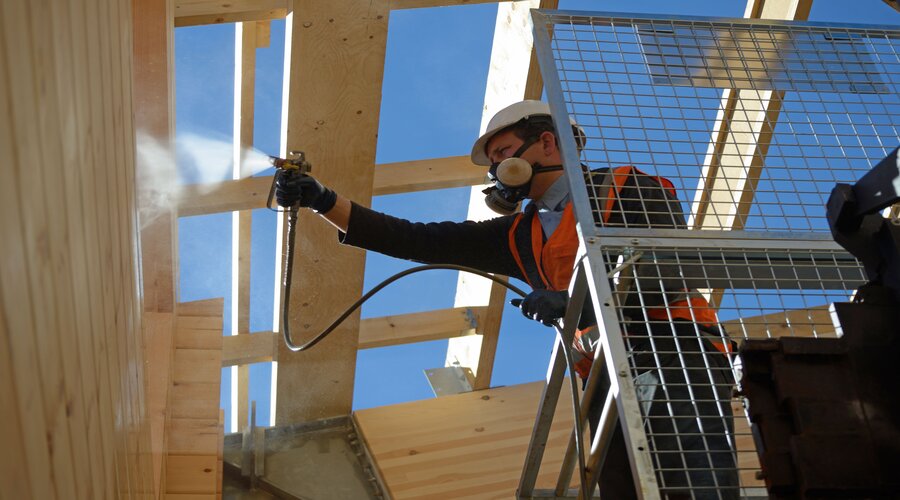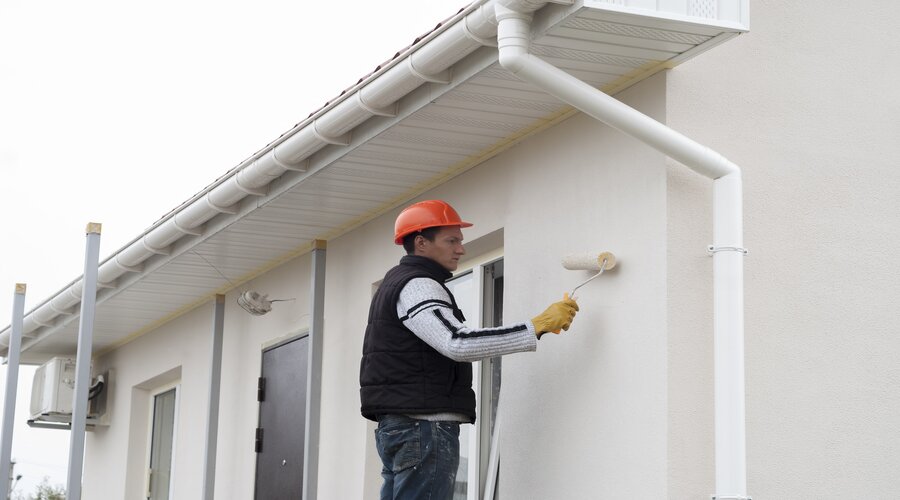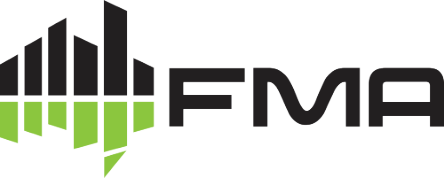An Overview of Industrial Painting Applications and Techniques

With its massive diversity in materials, updates in technology, and evolving techniques, the industrial painting industry is expanding every day. Compared to residential and commercial painting, industrial pain applications ensure machinery functionality and durability, offering benefits such as halting corrosion and protection against physical, environmental and chemical contaminants.
Industrial painting acts as the first layer of defensive, ensuring the project withstands its harsh conditions in industries such as construction sites, warehouses, automotive, and factories. With specialised equipment and chemicals, there are many applications and techniques uses in an industrial paint job.
Below we've covered three of the main methods and divided them into three categories based on their application. These methods include industry coating, spraying, and classic (or essential).
INDUSTRIAL COATING TECHNIQUE

The industrial coating application is a technique frequently performed by professional industrial - to achieve smooth and uniform coverage of small objects. Below we've covered some of the most common coating methods.
1. DIP COATING METHOD
The dip-coating method is a reliable technique for commercial and industrial projects, especially when manufacturing bulk products.
Just like the name suggests, dip coating requires the object to be immersed and dwelled in a liquid film substance, from which it is withdrawn and left to dry. This method is used when a component requires a thick and even coat. The technique lies in how fast the substance is withdrawn for a thick coating and should be handled by an industrial painting service provider or professional commercial contractors.
2. SOLVENT-BASED COATING METHOD
Another industrial painting method is solvent-based paint coatings. Solvent-based paints contain organic adhesives and liquefying agents.
It's fast-drying time, and resistance to different temperatures and extreme weather conditions is the primary reason why solvent-based coating is used in an industry setting. Furthermore, the organic compounds give components a protective and durable finish to hide any surface imperfection.
3. TEXTURE COATING METHOD
The textured coating method has been around for decades and is a sustainable alternative to exterior surface painting. Texture coating can be applied to concrete ceilings, weatherboard walls, and painted brick surfaces.
Unlike paint, the materials used for texture coating are made out of durable, waterproof acrylic and polymer substances. A texture coating will protect surfaces from moisture, stop mould and mildew growth, and prevent cracks and peeling in humid environments.
4. FLOW COATING METHOD
Flow coating is an automated coating method used over items with complex geometrical structures. It covers the limitations of dip coating with several benefits.
This coating procedure consists of spraying coating materials onto the component with careful evaporation control to ensure a uniform coat. Another advantage of flow coating is that it requires a minimal amount of coating material vs. the immersion process and is why many industrial constructors prefer this coating method.
5. SPIN COATING METHOD
Spin coating is an industry-leading coating method to apply a uniform film onto plans and other even surfaces.
By using liquid-vapour, the film material is covered through a centrifugal force. The coating is thin, superhydrophobic, transparent, and organic. In this method, the film thickness is determined by the solution's viscosity and the spinning speed.
INDUSTRIAL SPRAYING TECHNIQUES

The spraying technique is used for its speed and broad coverage of products and surfaces. Here are some of the standard industrial spraying methods and applications.
6. AIR SPRAY METHOD
Air spraying is a favoured painting method for both commercial and industrial painters alike. Air spraying is a painting technique where the paint is applied using a spray gun or sprayer through air and fluid compression. This air-fluid compression is also called atomisation. Depending on different nozzle types and air pressure levels- industrial painters can get the desired paint pattern, texture, and consistency.
7. ELECTROSTATIC AIR SPRAYING METHOD
Electrostatic air spraying is a modern painting application technique used extensively in the automotive industry. This particular technique provides an even coverage on surfaces like metals, doors, windows, railings, and metal fencing.
The electrostatic painting method requires specialised equipment such as air-assist guns and HVLP (High Volume, Low Pressure) sprayers—this equipment uses high voltage to adhere the paint to the surfaces, ensuring a smoother, solid finish.
8. HIGH VOLUME LOW PRESSURE (HVLP) SPRAYING METHOD
Similar to electrostatic air or airless spraying technique, HVLP (high volume low pressure) spraying method relies on turbines and heat. The heat stabilises the paint and reduces atmosphere condensation to increase adhesion.
In this process, the paint is propelled out at a high volume and uses low airflow pressure to reduce spraying, waste, and blowback.
9. AIRLESS PAINT SPRAYING Method
The airless paint spraying method is another large-scale spray painting method best suited for glossy, glass-smooth textured coatings.
The airless spraying method only requires a hose to pump the paint through the attached nozzle, relying on controlled flow rather than compression. The viscosity and surface tension hold liquid films together, while the nozzle flow dissipates the paint mists evenly. This procedure prevents over spraying for even coating.
INDUSTRY ESSENTIAL TECHNIQUES

Above we covered the most common methods, but here are a few techniques useful across residential, commercial, and industrial settings.
10. ROLLER PAINTING METHOD
The roller painting method is used in almost every industrial painting and plastering project for its accessibility and versatility on larger surfaces. With high-quality rollers in all sizes and types, you can level, texture, and paint any flat surface with ease.
11. PAINT BRUSH METHOD
With a large selection of sizes, shapes, styles, angles, and patterns- the paintbrush will always be an essential tool and will find their place in industry painting even among the upgrading technology.
Different industrial painting techniques and applications are used for specific industrial projects in which required safety measures and regulations should always be followed.










